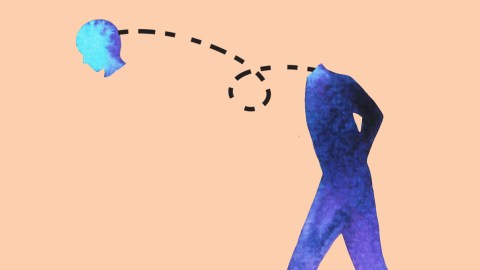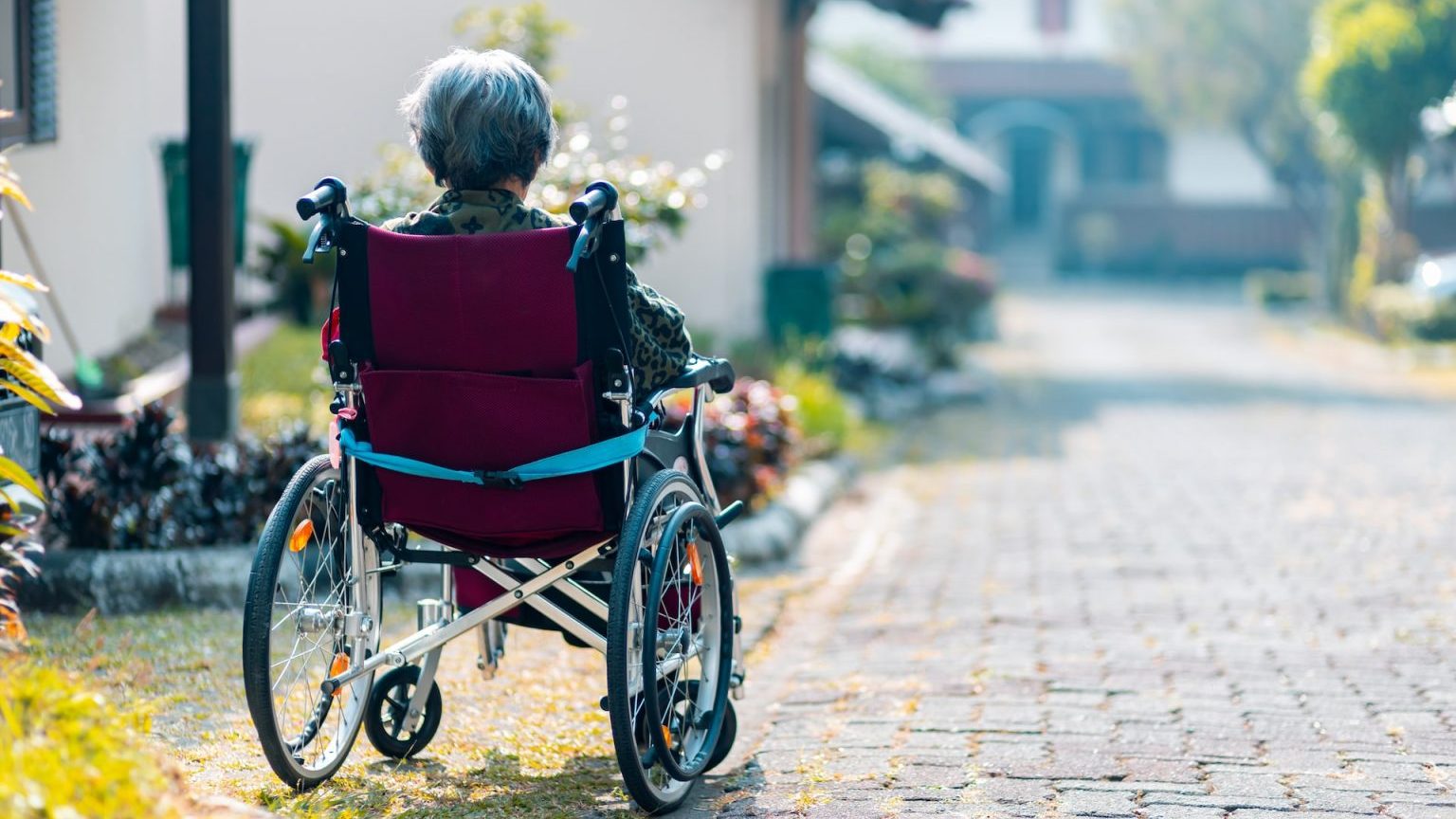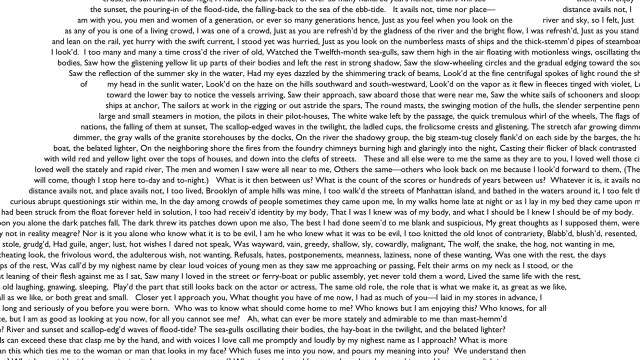Sitting down inhibits creativity, Stanford study finds

Humans have a complicated relationship with walking. This wasn’t always so. British paleoanthropologist Mary Leakey identified marks of bipedalism dating back 3.7 million years in Tanzania—it’s an old endeavor indeed. The story of our uprightness was, for most of history, one of survival and thriving. Today the tale of our peculiar relationship to gravity is being written much differently.
Bipedalism conferred onto us two distinct advantages. First, it helped us gaze longer into the landscape than quadrupeds, who must rely on mountaintops and trees to acquire such spatial information. This helped us quickly identify prey and predator, both of our species and others. Our reaction time increased.
Secondly, and more importantly for this story, the ability to walk turned us into efficient communicators. As a social animal the extra distance offered by bipedalism let us signal across large expanses. Creative means of communication developed. Walking and creativity developed together.
Was walking considered a creative endeavor, however? Utilitarian, definitely. Every facet of our existence relied on an ability to travel long distances (as well as, in the early days of agriculture, walk around tending to crops). Today nomadism is romanticized, but for millions of years it was necessary for survival.
The more sedentary the world has become, the more the primitive act of walking is romanticized. Gardens erected by 17th-century British aristocracy were our introduction to what would become public parks—specific locations of recreation and retreat to spend hours meandering through. To celebrate, poets and thinkers poured accolades on our simplest and most profound example of biomechanics.
Modern activities for creative problem solving include daydreaming, sleep, and cardiovascular exercise. Walking appears to be a more benign solution, with the environment often being touted as the catalyst for ingenuity. Stanford researchers Marily Oppezzo and Daniel L. Schwartz wanted to know if the brain-body connection offered by walking alone is enough to kickstart creative juices. Their answer is yes.
The team conducted four experiments to better understand how walking affects creative thinking, with two tests administered to participants. Guilford’s alternate uses (GUA) test is used to score on levels of originality, flexibility, fluency, and elaboration, while the compound remote associated (CRA) test was developed by social psychologist Martha Mednick in 1962 to score creative potential.
In the first experiment participants completed the two tests while seated and then while walking on a treadmill (to factor for environmental influence). In the next they were tested while seated and then walking, walking and then seated, and seated twice. In the third experiment they walked outdoors, and in the fourth a variety of situations were tested: sitting inside, walking on a treadmill, walking outside, or being rolled around on a wheelchair outdoors.
While reams of research exist on the topic related to cardiovascular performance, the Stanford team wanted to know if our simplest form of locomotion was similarly influential. To counter previous research, they write:
Asking people to take a 30-min run to improve their subsequent seated creativity would be an unhappy prescription for many people. Thus, the current research examined the more practical strategy of taking a short walk.
Their assessment? Walking encourages creativity. In three of the alternate uses studies the numbers were profound: 81%, 88%, and 100% of participants were more creative walking than sitting, including on the treadmill. They believe this research not only has an important effect on workplace environments, but should be considered much earlier in life:
While schools are cutting back on physical education in favor of seated academics, the neglect of the body in favor of the mind ignores their tight interdependence, as demonstrated here.
How could walking at a regulated pace on a machine while facing a white wall promote creativity? The researchers believe that a “complex causal pathway” exists between the physiology of walking and proximal cognitive processes.
While exercise is perceived to be inspirational, they believe less strenuous activity like walking also opens up creative pathways between body and brain. Performing beyond your “natural stride” is cognitively demanding, they write, while one’s natural gait allows their brain’s default mode network to kick in.
They admit that environment does matter in certain situations, however. Novelty is important both as inspiration and distraction. Where you walk influences creative potential, though only if you become caught in surrounding circumstances:
Walking outdoors on a busy campus did not significantly increase appropriate novelty compared with walking indoors, although the more varied stimulation did appear to increase novelty. This suggests that walking may be effective in many locations that do not have acute distractions.
As movement is a natural mood enhancer, a link between positive mood and divergent thinking may play a role in these scores. The authors note that negative moods have also been shown to increase creativity as well, so it appears that any movement away from an emotional baseline is useful for creative thinking.
The exact causes as to why walking inspire creativity are still unknown, though this study puts forward a number of potential reasons. Most important, the authors conclude, is that we move. Data might be mixed but anecdotes and test scores are not.
In her book, Wanderlust: A History of Walking, Rebecca Solnit believes modern walking culture was initiated as a response to the repetitive mechanisms demanded of our bodies during the Industrial Revolution. There’s a huge creative difference between building a car and repeatedly constructing one cog in the assembly line of cars. Walking today might be a continued form of resistance to “the postindustrial, postmodern loss of space, time, and embodiment.”
Which is a self-fulfilling prophecy in an age of screens demanding constant attention. Does walking while staring at your palm affect creativity? Perhaps the Stanford team can tackle this question next. Until then, put down the device and hit the ground, even if for a block. Your brain will thank you for it.
—
Derek’s next book, Whole Motion: Training Your Brain and Body For Optimal Health, will be published on 7/17 by Carrel/Skyhorse Publishing. He is based in Los Angeles. Stay in touch on Facebook and Twitter.





